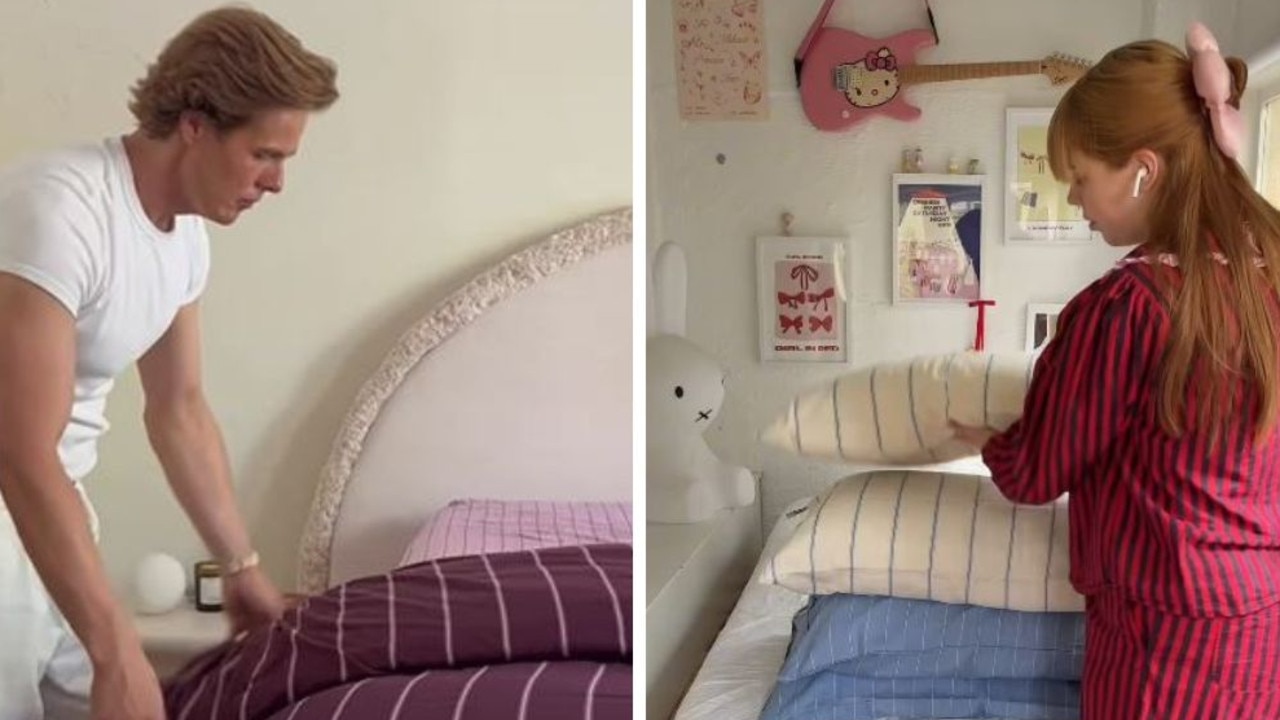Inner city gentrification: for better or worse?
Displacement, loss of character and history, much needed resources, the argument for and against neighbourhood gentrification is a tricky one.
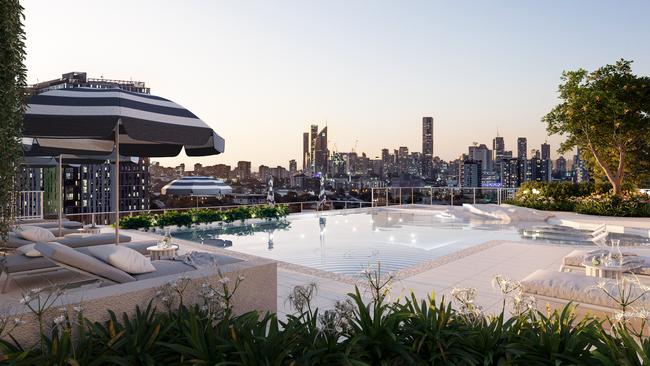
Home
Don't miss out on the headlines from Home. Followed categories will be added to My News.
The concept of gentrification – at its core, the process of wealthier buyers moving into traditionally working-class areas and accordingly, changing the social landscape of the neighbourhood – is historically polarising.
On one side of the white picket fence, gentrification is lauded for bringing resources to underfunded areas and boosting local businesses and in turn, the broader economy.
On the other hand, when gentrification occurs, property prices tend to soar and the risk of displacement for low-income earners may become an issue.
Something that both sides of the fence seem to agree on, however, is that there’s no stopping it. It seems that ship has sailed.
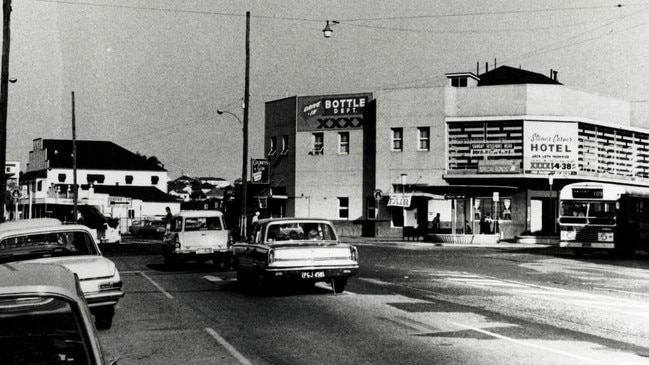
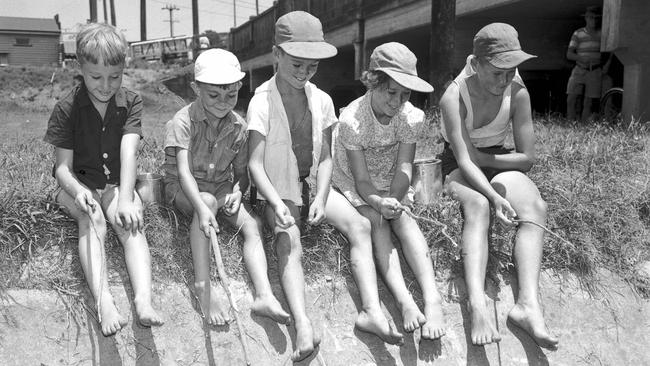
OLD BECOMES NEW
“There have been so many waves of gentrification at this stage,” says University of Queensland urban planning expert Dr Dorina Pojani, who believes it’s time we looked at the concept with fresh eyes.
“Traditionally, when we have talked about gentrification, we’ve been referring to an area which is run down but, for some reason, say character housing, or proximity to the city, appeals to the educated middle classes,” she explains.
“So people start moving into an area of their own accord and buying those houses and gradually fixing them up.” This type of gentrification has benefits in the sense that the old housing stock was being maintained without investment from the public sector, says Dr Pojani. But she expresses some concern about multinational companies building complexes that are primarily designed to attract investors, as opposed to buyers who will move in and become a part of a vibrant local community. The question of who is doing the buying is of the essence, she stresses. But some believe gentrification by developers can benefit the area and its residents, if handled with understanding and empathy.

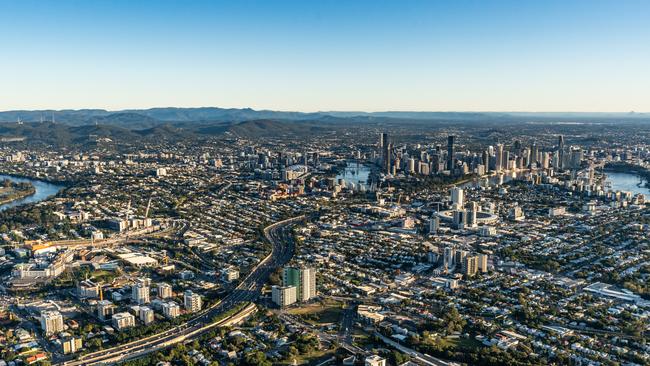
YOUNG FAMILIES
Take Andrew Niven, director of Oakridge Property Group, for example. Oakridge has just unveiled plans for ‘Lumina’ – a 12-storey residential project that will replace an existing Freemasons building in Brisbane’s once-working class neighbourhood of Stones Corner. It’s a graceful and elegant, truly modern-looking tower block, but Andrew is adamant it adds rather than takes away from the local area. He was determined to make this development one that contributes to the diverse landscape and community, rather than demeaning or worse, obliterating it.
“For us, it was about playing a part in the community and suburb growth, rather than just creating another building,” he says firmly. Andrew adds that the inclusion of 44, three-bedroom apartments was a decision specifically designed to attract more young families to the area. Young families means community you see. “We will also bring people together to connect through a purpose-built co-working space,” he adds.
“We felt with the new work-hybrid approach, this was needed. As well as that, we really want to create our own community within the building, with resident-exclusive events on the rooftop, like private dinners, wine tastings and the like.”
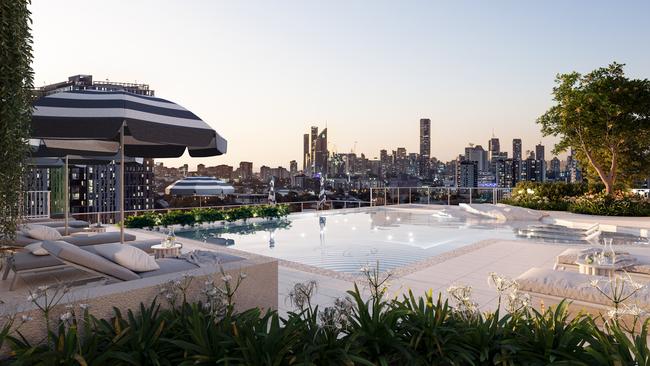
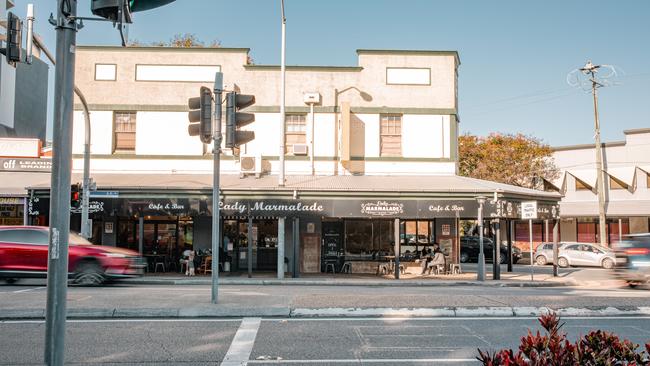
COMMUNITY BENEFITS
Andrew believes gentrification, that is, when done in a considered way, can be of great benefit to the community. He says the project, which will feature 99 apartments in total, has also been designed to honour the area’s colourful past. “Stones corner is rich in history,” he says. “It’s full of quirks, it’s vibrant and it’s ever changing,” he says. “We want to honour and respect that, while elevating the suburb by giving residents access to premium amenities, luxury finishes and open, spacious living.”
And while the homages to the area’s history are there, the 1200 sqm rooftop complete with pool, dining room, dedicated play-zone, health club, movie theatre and aforementioned co-working space – are worlds away from the neighbourhood’s origins as a colourful, working-class borough, named for James Stone, who opened a ginger beer store there in 1875. But Stones Corner is not the only Aussie neighbourhood to undergo significant change. All of our cities and their suburbs have been transformed in recent times and so have we as a people. For example, more than 40 per cent of the population now changes address every five years, according to research from the Australian Government’s Centre for Population.
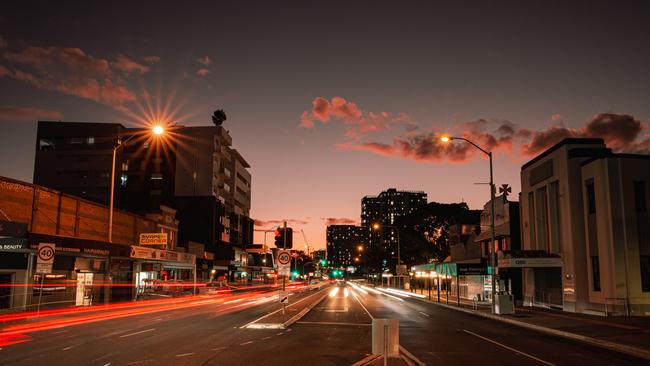
Throw in a pandemic, and that mobility, perhaps paradoxically, got a steroid injection. Following two years of unprecedented growth in the regional property sector, new research from the Commonwealth Bank shows that our Covid-driven mass exodus from the cities has slowed, with a 16.5 percent drop in moves to the regions and more Aussies heading back to cosmopolitan life.
Local real estate agent Richard Lawrence says he’s seen the area evolve before his eyes. “We’ve been selling inner-city residential developments for more than 20 years, and have seen the nature of what people are seeking in apartment living change significantly over that time, particularly in Stones Corner,” he says, adding that a newer generation of families are looking for proximity to the city without compromising on living space. It’s a trend Lumina has taken into account. “I believe the migration back to inner city living is the result of its activities returning to normal with restaurants, events, and theatres all reopening as normal, feeding people’s needs for connection, community and activity which can be difficult to find in regional areas,” says Andrew.
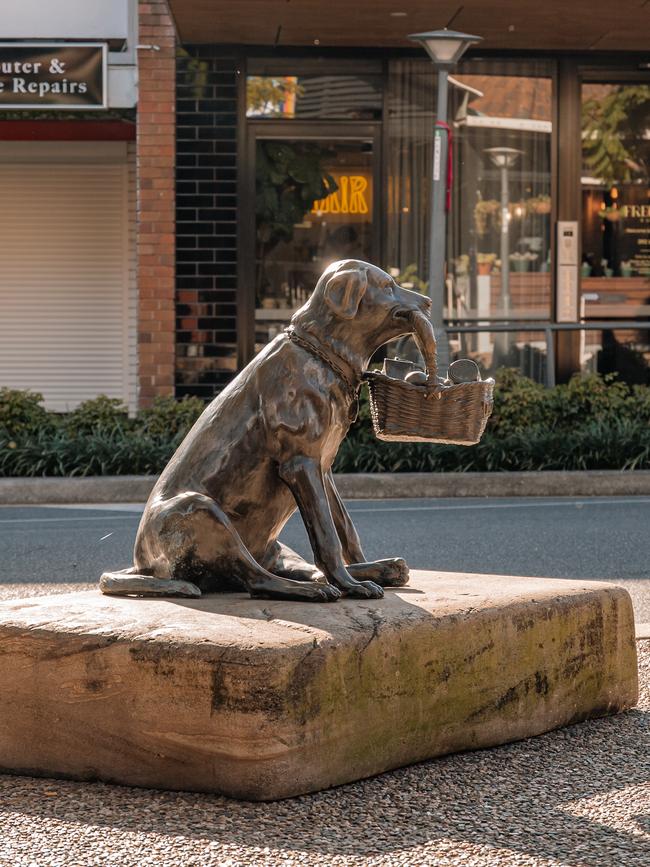
MONTY, THE LABRADOR AND LOCAL LEGEND
Seated on Logan Rd in the heart of Stones Corner’s cafe strip is the famed statue of Monty the dog. Monty was a local legend who regularly strolled the shopping strip with his owner’s wicker basket tucked firmly in his mouth. The friendly and deeply intelligent pup would stop in to visit with shop owners who would read his owner’s shopping list and then place the items in to Monty’s basket and help themselves to the correct amount of cash which Monty also carried. He would travel the strip and then, once his list was complete, head back home. The life size bronze statue of Monty was erected in 1996.
Originally published as Inner city gentrification: for better or worse?



